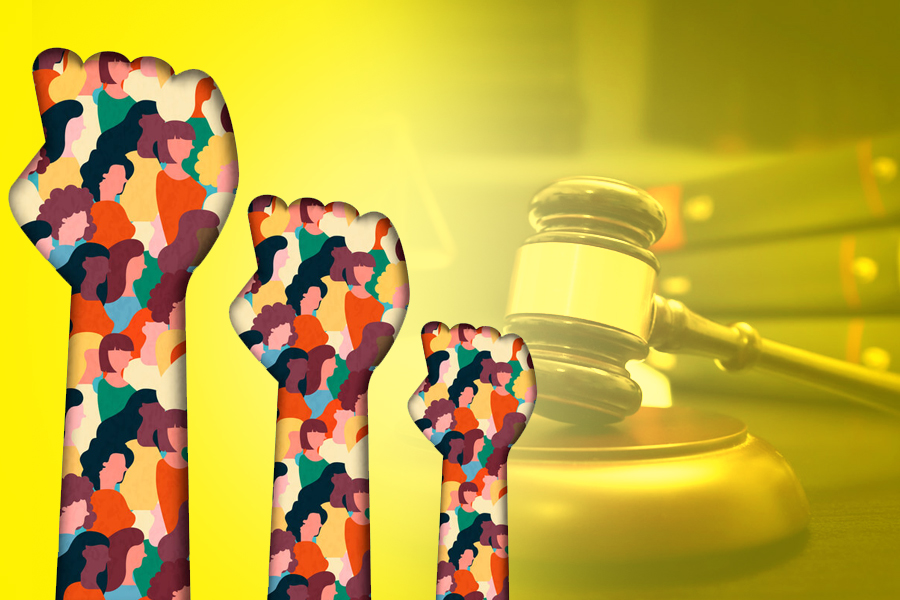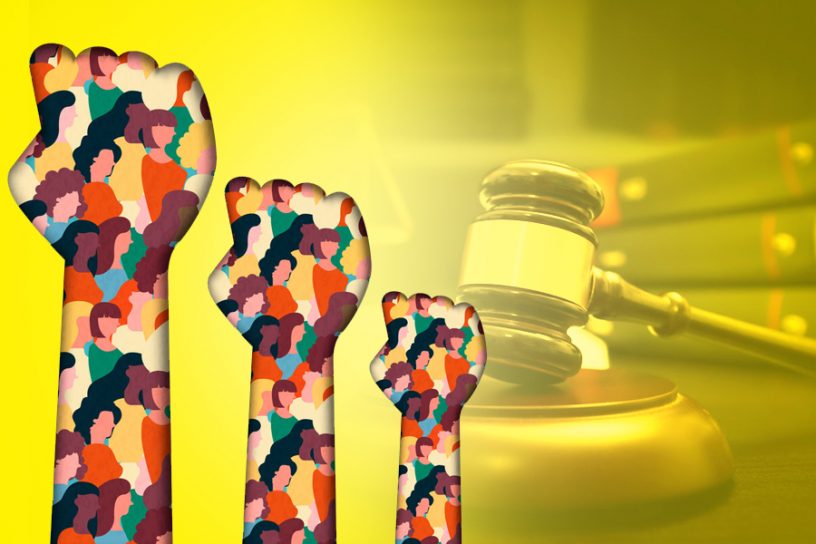
The agenda of legal empowerment of the poor depends on the poor organizing to take control of their own lives with support from partners, says the author.
Author
Naresh Singh, Professor, Jindal School of Government and Public Policy, O.P. Jindal Global University, Sonipat, Haryana, India.
Summary
The United Nations Commission on Legal Empowerment of the Poor estimated in 2008 that there were 4 billion people who lived outside the protection of the law. More recently, in 2019 it was estimated that 4.5 billion people are excluded from opportunities that the law provides.
By 2030, 85% of those remaining in extreme poverty – some 342 million people – will be in Fragile and Conflict Affected Areas (FCAS), situations in which the rule of law is almost non-existent.
For many of the excluded, the law is an abstraction or a form of punitive threat, not something that they can use to exercise their basic rights. The idea behind the inclusion of access to justice under Sustainable Development Goal 16 (SDG 16) on peace justice and strong institutions, was in part for legal empowerment of the poor (LEP), in conflict and post-conflict zones.
The legal empowerment of the poor is rooted in a human rights-based approach in which markets and human rights interact. The four pillars of LEP are access to justice and the rule of law, and property, labour and business rights. It also admits the fact that every individual should have access to justice, which includes a due process of law and remedies to eradicate discrimination.
This paper considers the special requirements for pursuing LEP in Fragile and Conflict Affected States (FCAS) such as legitimate politics, security, and rebuilding social and economic foundations.
Published in: Jindal Journal of Public Policy
To read the full article, please click here.


